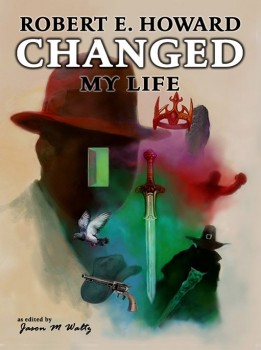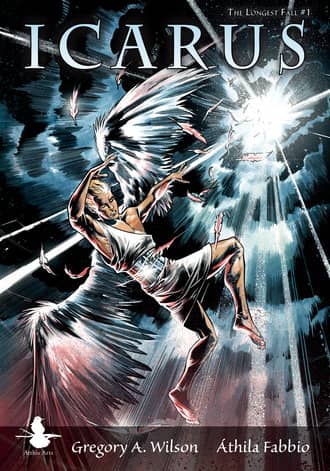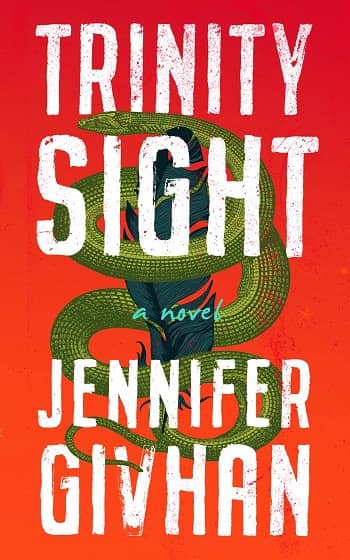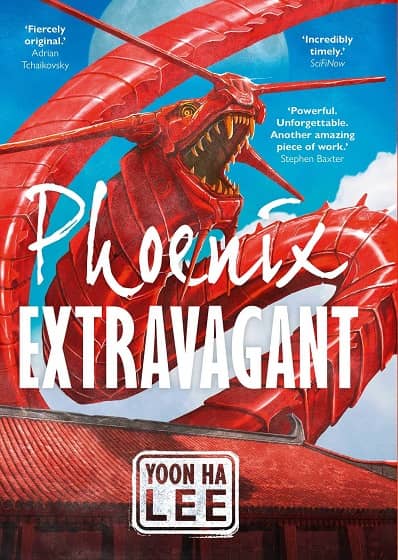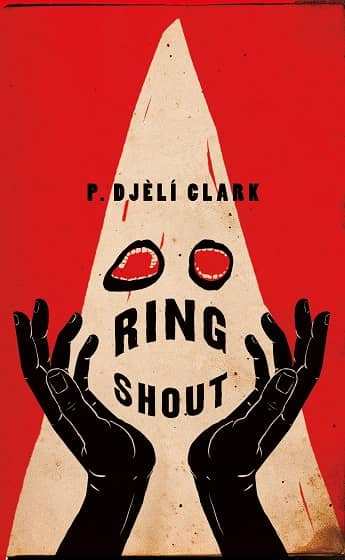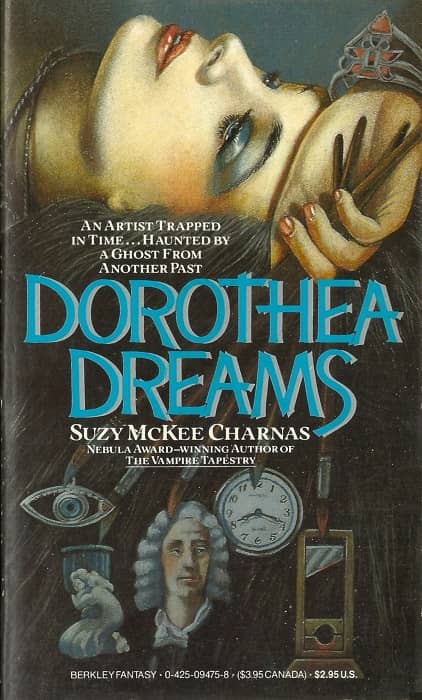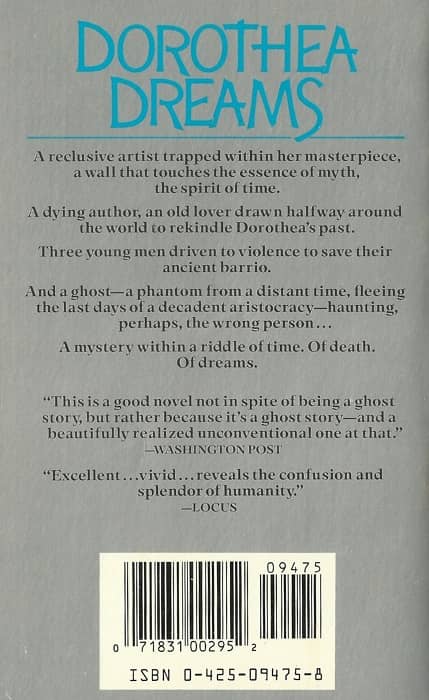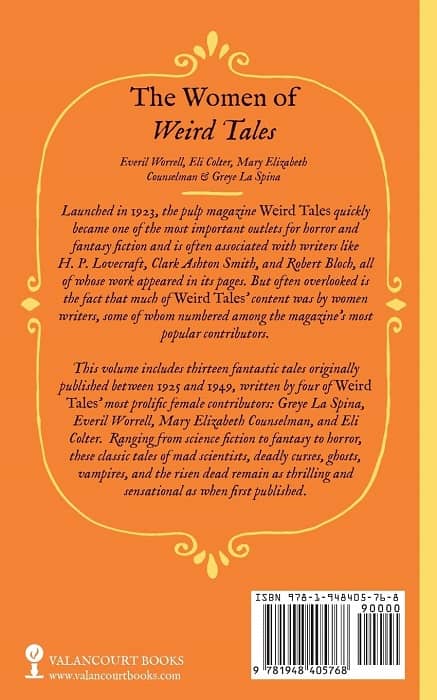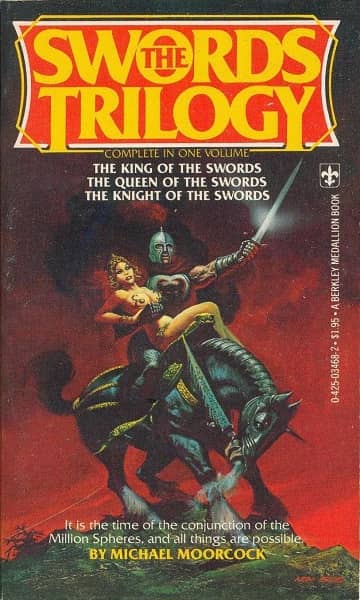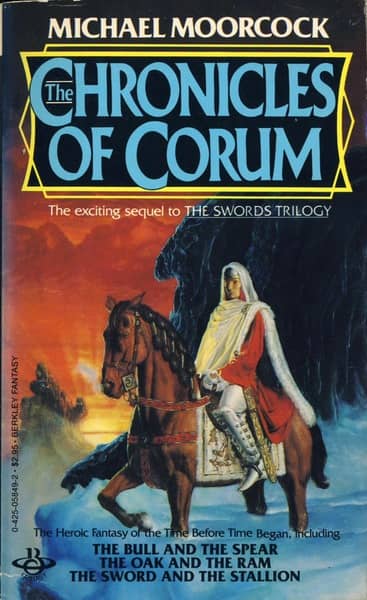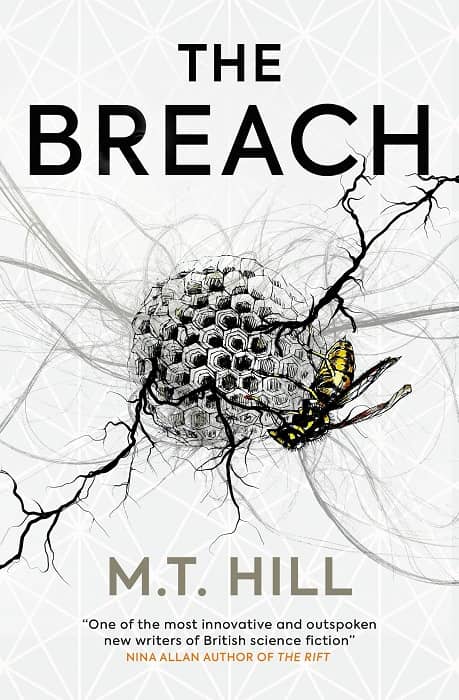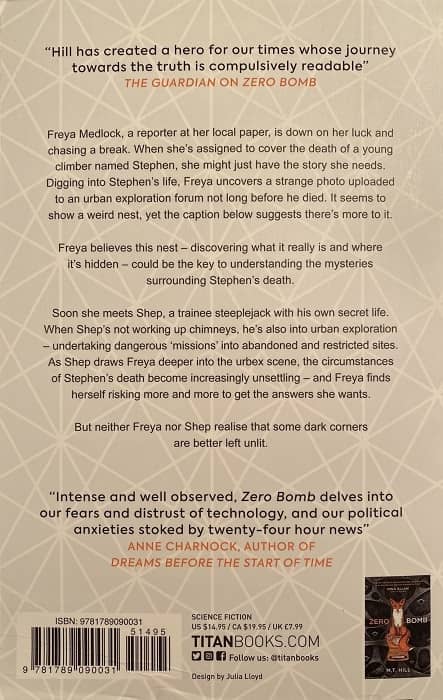New Treasures: The Loop by Jeremy Robert Johnson
 |
 |
Cover design by Richard Yoo
Way back in early 2017, John DeNardo included Entropy in Bloom: Stories in a Kirkus Reviews article on The Science Fiction & Fantasy Books Everyone Will be Talking About in April. That was my introduction to the work of Jeremy Robert Johnson, a rising star in horror fiction, author of the 2015 novel Skullcrack City and the earlier collection We Live Inside You (2011).
His new novel The Loop was released by Saga Press last month to some pretty gonzo acclaim. Kirkus called it a “grotesque teen nightmare that’s pretty much Stranger Things meets Rogue One,” and I have no idea what that even means. Here’s a cut from Sadie Hartmann’s enthusiastic notice at Cemetery Dance:
This book covers a lot of ground and offers something for everyone: A strong, female protagonist named Lucy; witty (hilarious) sidekick besties, Brewer and Bucket; and a rocket-fueled storyline about a biologically engineered virus leaked from a lab and wreaking havoc in a small, rural town in the Pacific Northwest. There’s even a likable radio personality known as the Nightwatchman that gave me strong Pump Up the Volume vibes. Do you remember that movie with Christian Slater? Well I do. One of my favorite aspects of Johnson’s writing is the way everything is stylistically cinematic to read like a cult-classic from a familiar era (definitely the late ‘80s to mid-’90s)…
Folded into this tension is Johnson’s natural-born talent for wit and sarcasm as well as his flair for spot-on pop culture references — a trifecta of storytelling gifts that Johnson’s fanbase has come to expect from his books…. This is a favorite book of 2020 for sure.
The Loop was published by Saga Press on September 29, 2020. It is 306 pages, priced at $26.99 in hardcover and $9.99 in digital formats. The cover was designed by Richard Yoo. Listen to an audio excerpt or read Chapter One at the Simon & Schuster website.
See all our recent New Treasures here.

